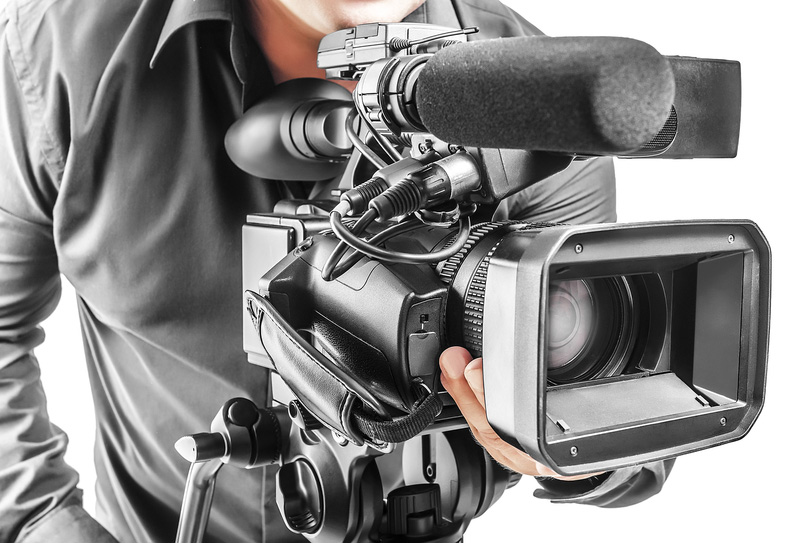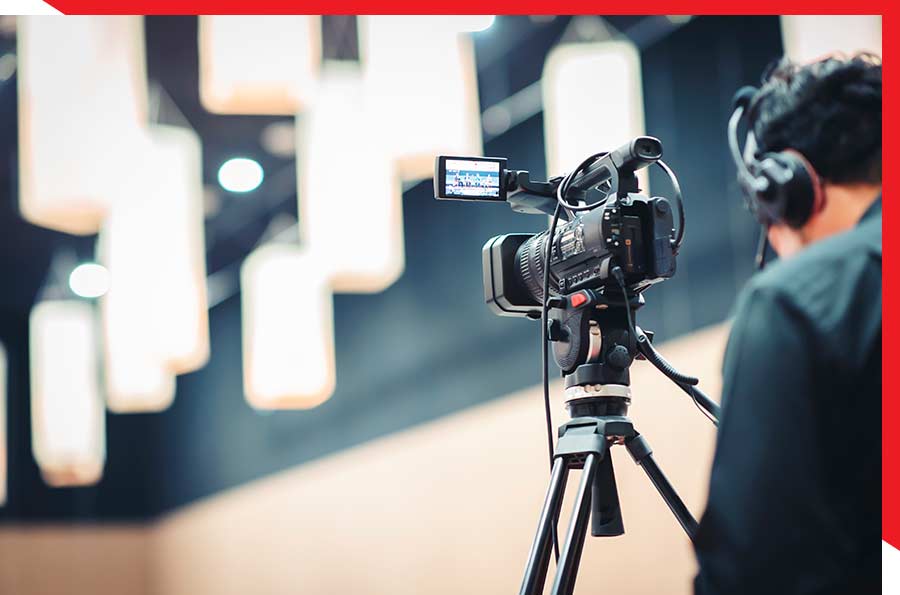Delving Into the Devices of Lawful Videography: Introduction Its Operation in Shielding Authentic Visual Statement for Judicial Procedures
In the realm of judicial proceedings, the function of legal videography stands as a cornerstone in preserving and providing aesthetic proof. As technology continues to breakthrough, the systems behind lawful videography have become progressively detailed, providing a critical layer of credibility to statements caught on video clip. By delving into the operational details of legal videography, one can reveal the thorough processes that protect the stability of visual proof presented in court rooms - Legal Videography. This expedition not only clarifies the historical advancement of lawful videography however also hints at the future trends that might even more change how visual testaments are maintained in the realm of justice.
Historical Advancement of Legal Videography
Checking out the historical progression of lawful videography reveals a significant change in the capturing and presentation of aesthetic proof within the lawful landscape. In the past, lawful process greatly relied upon created photographs and transcripts to document events and give evidence. With the development of video clip innovation, the legal market witnessed a paradigm shift in how aesthetic testament was caught and presented.
The advancement of legal videography can be traced back to the late 20th century when developments in video recording equipment made it much more easily accessible for usage in court rooms. This technological innovation not only improved the precision and integrity of aesthetic proof however likewise transformed the means cases were provided to discretionary (Legal Videography). Attorneys began to recognize the persuasive power of video recordings in sharing feelings, subtleties, and non-verbal hints that composed records or photos alone might not capture efficiently

Technology Innovations in Video Clip Paperwork
What crucial technical developments have revolutionized video paperwork in the legal field? The legal area has seen significant advancements in video documents modern technology that have actually boosted the credibility and integrity of visual evidence in judicial process. Among the essential improvements is high-definition (HD) video clip recording capabilities, which supply crystal-clear pictures and sharp information that are essential for properly catching testimonies, facial expressions, and various other aesthetic hints. Additionally, the combination of timestamping and metadata functions in video paperwork tools has enabled exact documents of when and where the video clip was taped, guaranteeing the honesty of the evidence presented in court.
Additionally, advancements in video security and watermarking modern technologies have strengthened the protection and tamper-proof nature of video evidence, protecting it against unauthorized alterations or tampering. Furthermore, the introduction of cloud storage space options and remote gain access to abilities has streamlined the storage, retrieval, and sharing of video evidence, promoting smooth partnership amongst lawyers and guaranteeing effective access to crucial visual testaments when required. These technological innovations in video clip paperwork have actually definitely changed the lawful This Site field, enhancing the accuracy, credibility, and admissibility of aesthetic evidence in judicial procedures.
Role of Lawful Videographers in Courtroom Setups
The evolution of video clip documents technology in the legal area has actually necessitated an essential function for lawful videographers in court settings, making sure the honesty and reliability of visual testaments provided during judicial process. Legal videographers play an essential function in capturing and protecting exact aesthetic proof that can be crucial in litigation. Their obligation includes establishing up tools, recording process, and creating premium video clips that accurately reflect the occasions in the court room.
Furthermore, legal videographers typically function carefully with lawful groups to guarantee that the video clip evidence aligns with the instance's requirements and can be efficiently provided in court to support the lawful arguments being made. Generally, the function of lawful videographers in court room setups is vital in upholding the concepts of justice and making sure the transparency of legal process. Legal Videography.

Ensuring Admissibility and Stability of Video Clip Proof
To keep the reliability of aesthetic evidence offered in legal process, making certain the admissibility and integrity of video clip evidence is an essential responsibility for legal videographers. Admissibility describes the acceptance of proof by the court, and for video evidence to be admissible, it must fulfill particular requirements. Lawful videographers play a critical function in guaranteeing that the videos they record comply with the policies of evidence, such as authenticity, importance, and integrity.
Honesty of video clip evidence involves keeping the creativity and precision of the footage from the moment it is taped up until it exists in court. This includes securely keeping the video clip data, documenting the chain of custodianship, and stopping any meddling or changes. my site Legal videographers need to follow rigorous methods to ensure the stability of the video clip evidence and stop any kind of obstacles to its credibility.
Future Trends in Legal Videography
Given the boosting dependence on innovation in lawful process, lawful videographers are positioned to embrace ingenious innovations shaping the future of visual testament capture and discussion. Among the famous patterns on the perspective is the integration of digital truth (VR) and augmented truth (AR) modern technologies into legal videography. These modern technologies have the possible to revolutionize how aesthetic proof is offered in courtrooms, allowing courts and judges to submerse themselves in the scene of the crime or incident.
Furthermore, using fabricated knowledge (AI) formulas for video analysis is expected to improve the procedure of evaluating and evaluating huge quantities of video footage. AI can help in recognizing crucial moments, abnormalities, and patterns within video clips, boosting the efficiency of lawful examinations.

Conclusion
Finally, lawful videography has played an essential role in giving genuine aesthetic proof for judicial process. Through technical innovations and the proficiency of lawful videographers, the honesty and admissibility of video proof are made certain in court room setups. As legal videography remains to advance, it will be important to promote requirements that maintain the precision and dependability of visual testament for the future of lawful proceedings.
Examining the historic progression of legal videography reveals a considerable change in the capturing and presentation of visual proof within the legal landscape.The advancement of video Get the facts clip paperwork innovation in the lawful field has actually demanded a critical function for lawful videographers in court room settings, ensuring the honesty and dependability of visual testaments offered throughout judicial process. Additionally, lawful videographers typically work closely with legal groups to make certain that the video clip evidence straightens with the instance's requirements and can be efficiently offered in court to sustain the lawful debates being made.To keep the credibility of visual evidence provided in legal process, making certain the admissibility and integrity of video clip proof is a crucial duty for legal videographers. As lawful videography continues to advance, it will be essential to maintain requirements that maintain the accuracy and integrity of aesthetic testament for the future of legal proceedings.